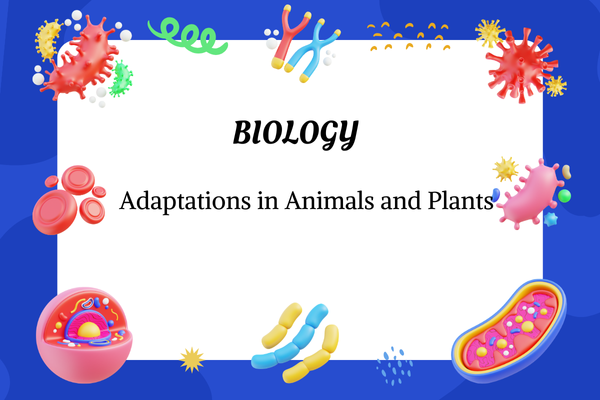Introduction – What Does Separation Mean?
Have you ever picked out the onions from your food? Or used a strainer to drain rice? That’s separation in action! Separation means taking apart different substances that are mixed together.
In science, we often need to separate useful parts from a mixture. For example, removing stones from grains, salt from water, or dust from air. Separation helps us get cleaner, safer, and usable materials in our daily life.
expert-led Chemistry classes – visit our website to learn more
Who Uses Separation Techniques?
Separation is used by all kinds of people every day:
- Farmers clean grains by removing dust and stones.
- Cooks strain pasta, filter tea, or skim cream from milk.
- Scientists use machines to separate chemicals in labs.
- Factory workers separate metals from waste in recycling plants.
- Even kids do it when they pick different candies from a jar!
Why Do We Separate Substances?
We separate substances to:
- Remove unwanted parts (like seeds from fruit juice).
- Get pure or useful parts (like salt from seawater).
- Protect health (like filtering germs from drinking water).
- Make things easier to use or eat.
Imagine drinking muddy water or biting into rice with stones—yuck! That’s why separation is so important.
When Did People Start Doing This?
People have been separating substances for thousands of years! Ancient civilizations:
- Filtered water using cloth or sand
- Picked stones from crops by hand
- Used sunlight to dry and separate salt from seawater
Even before science had big machines, humans used smart ways to get what they needed from nature.
Where Do We See Separation Happening?
It happens all around us:
- In the kitchen – filtering tea, separating cream
- On the farm – removing chaff from grains
- In factories – sorting metals, plastics, and glass
- In hospitals – separating blood into parts
- In nature – rivers leaving behind sand and mud
How Do We Separate Substances?
There are different methods depending on the kind of mixture:
| Method | How It Works | Example |
| Handpicking | Picking out larger unwanted pieces by hand | Picking stones from rice |
| Threshing | Beating to separate seeds from stalks | Separating wheat grains |
| Winnowing | Using wind to blow lighter parts away | Removing husk from grain |
| Sieving | Using a sieve to separate by size | Separating flour from lumps |
| Filtration | Using filter paper or cloth | Separating tea leaves or sand from water |
| Sedimentation & Decantation | Letting heavier particles settle, then pouring the clean part | Muddy water cleaning |
| Evaporation | Heating to remove water and leave solid behind | Getting salt from seawater |
Core Concepts – What You Should Know
| Concept | Meaning |
| Mixture | A combination of two or more substances |
| Separation | The process of taking apart a mixture |
| Pure Substance | A single substance with no other thing mixed in |
| Impurities | Unwanted substances in a mixture |
| Useful Component | The part we want to keep from a mixture |
FAQs – Curious Questions Kids Might Ask
Q1: Is separating mixtures always easy?
A: Not always! Some mixtures need special tools or heat to separate.
Q2: Can everything be separated?
A: Most mixtures can, but it depends on what they’re made of.
Q3: Is mixing the opposite of separating?
A: Yes! Mixing brings things together, separating pulls them apart.
Q4: Do filters remove everything from water?
A: Not everything—some germs are too small! But filters are still helpful.
Q5: Can we separate salt from water at home?
A: Yes—by heating the saltwater and letting the water evaporate!
Fun Facts About Separation!
- Salt farmers still use sun and evaporation to make salt from seawater.
- Filter paper used in labs was inspired by tea filters!
- Winnowing is one of the oldest farming techniques and still used today.
- Doctors separate plasma, red cells, and platelets from blood.
- In recycling centers, giant magnets help separate iron from trash!
Conclusion – Sorting It All Out
From your lunchbox to giant factories, separation of substances plays a big role in keeping things clean, useful, and safe. It’s not just about pulling things apart—it’s about knowing how to use the right method to get what you need.
Next time you see someone filter tea or wash vegetables, remember: you’re watching science in action!








